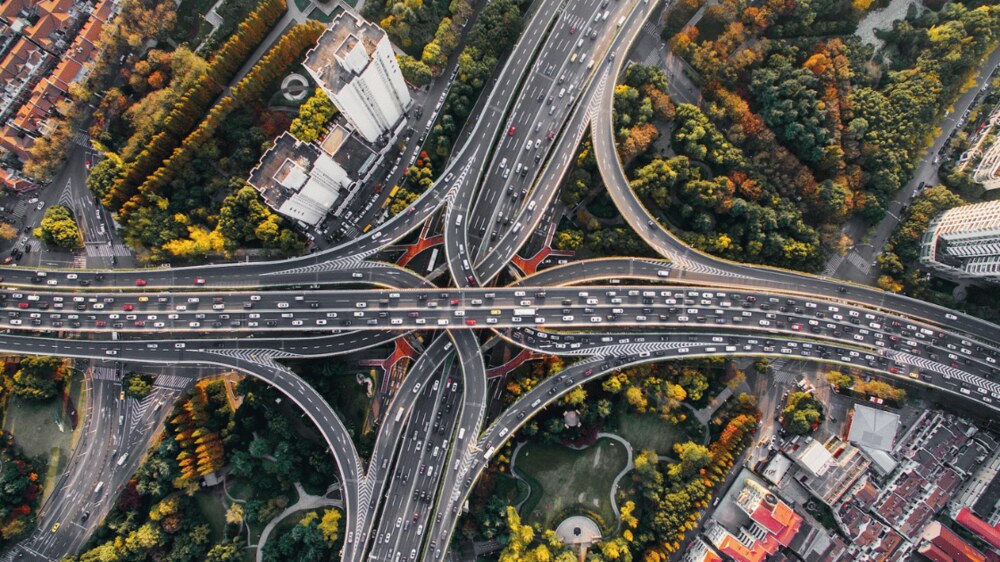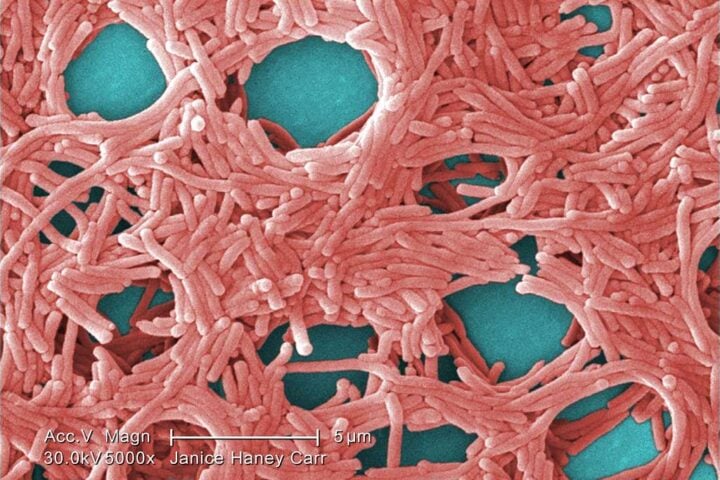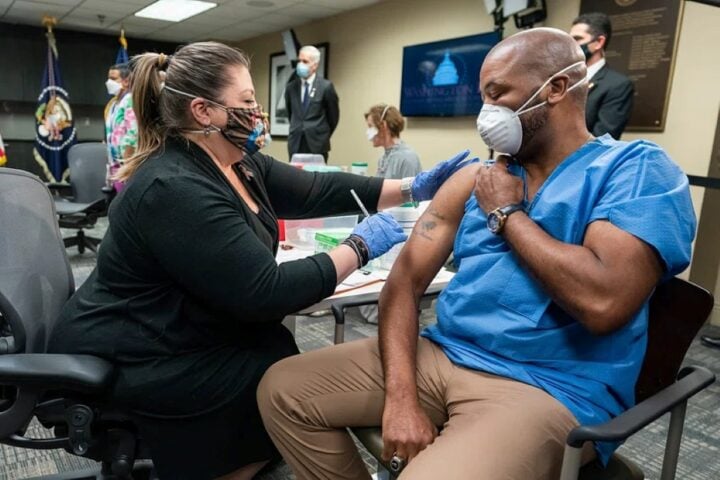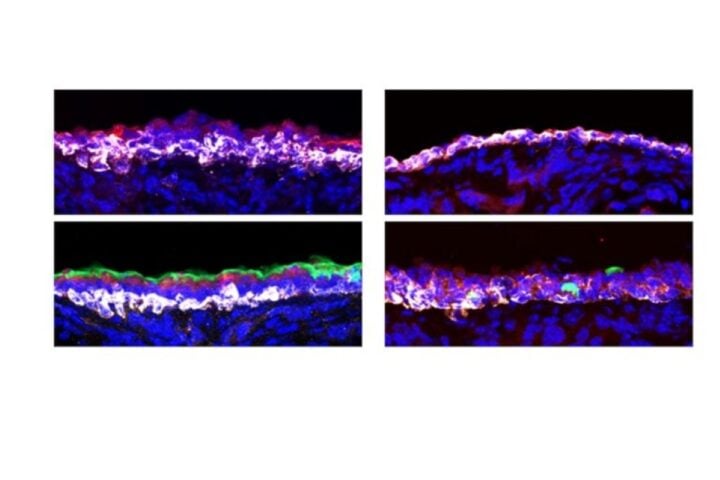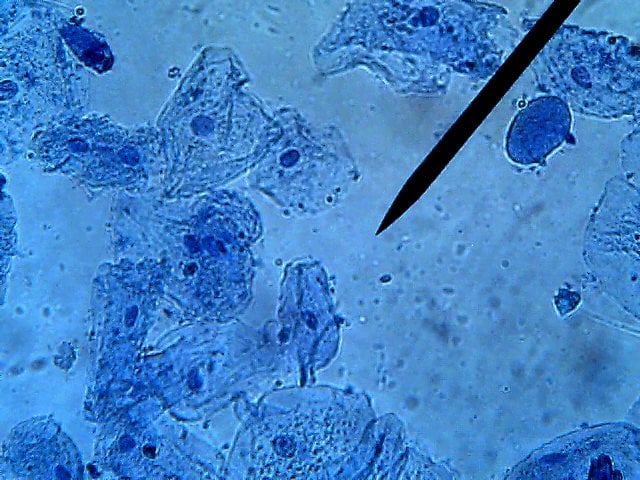Recent research by the University of Washington (UW) has shed light on this overlooked peril, presenting findings that resonate with the concerns of many health-conscious individuals. The study, spearheaded by Dr. Joel Kaufman, a renowned figure in environmental and occupational health sciences, delved into the effects of traffic-related air pollution on blood pressure. This is not just a matter of academic curiosity; it has real-world implications for millions who commute or live near high-traffic areas.
The researchers embarked on a novel experiment, driving participants through rush-hour traffic in Seattle. The twist? Some trips used cars with unfiltered air, akin to our everyday experiences, while others employed high-quality HEPA filters, significantly reducing particulate pollution. The participants, kept in the dark about the air quality during their rides, served as unwitting subjects in this real-life scenario.
The results were startling, yet not entirely unexpected. Breathing unfiltered air spiked participants’ blood pressure significantly – more than 4.50 mm Hg on average – a surge comparable to the impact of a high-sodium diet. This spike wasn’t fleeting; it persisted for at least 24 hours, a testament to the lingering effects of air pollution.This revelation isn’t just about numbers on a blood pressure monitor. It’s about understanding the intricate and delicate balance our bodies maintain to regulate blood pressure, a balance that air pollution disrupts. Kaufman’s insightful comments on this complex, tightly regulated system highlight the insidious nature of air pollution – an invisible intruder that can quietly undermine our cardiovascular health.
We know that modest increases in blood pressure like this, on a population level, are associated with a significant increase in cardiovascular disease. There is a growing understanding that air pollution contributes to heart problems. The idea that roadway air pollution at relatively low levels can affect blood pressure this much is an important piece of the puzzle we’re trying to solve.
Joel Kaufman, a UW physician and professor of environmental and occupational health sciences who led the study.
A particularly concerning aspect is the role of ultrafine particles, pollutants less than 100 nanometers in diameter. These tiny invaders, though unregulated and little-understood, are present in high concentrations in traffic-related air pollution. The study’s findings indicate that these particles might be particularly harmful to our blood pressure.
Similar Posts
But why should we pay attention to this research? Because it mirrors the daily experiences of millions. As Kaufman aptly notes, the study reproduces situations we encounter regularly. It’s not a distant, abstract concept; it’s a reality that unfolds each day as we navigate our cities.
Moreover, this research isn’t happening in a vacuum. It’s part of a growing body of evidence linking air pollution to various health issues, including cardiovascular disease, asthma, lung cancer, and even premature death. By isolating the effects of air pollution from other factors like stress and noise, the UW study offers a clearer picture of this public health challenge.
The study’s findings also pose vital questions for urban planning and public health policy. As traffic-related air pollution emerges as a primary driver of air quality variation across communities, addressing it becomes not just an environmental issue but a pressing health concern.
This research, funded by institutions like the U.S. Environmental Protection Agency and the National Institutes of Health, is more than an academic exercise. It’s a call to action, a reminder of the urgent need to address the air quality issues that impact our health daily.
The University of Washington’s study is a crucial contribution to our understanding of air pollution’s health impacts. It serves as a stark reminder that the air we breathe, often taken for granted, can have profound effects on our well-being. As we navigate our urban landscapes, it’s imperative to remember that what’s invisible to the eye can still leave a lasting impact on our health.
